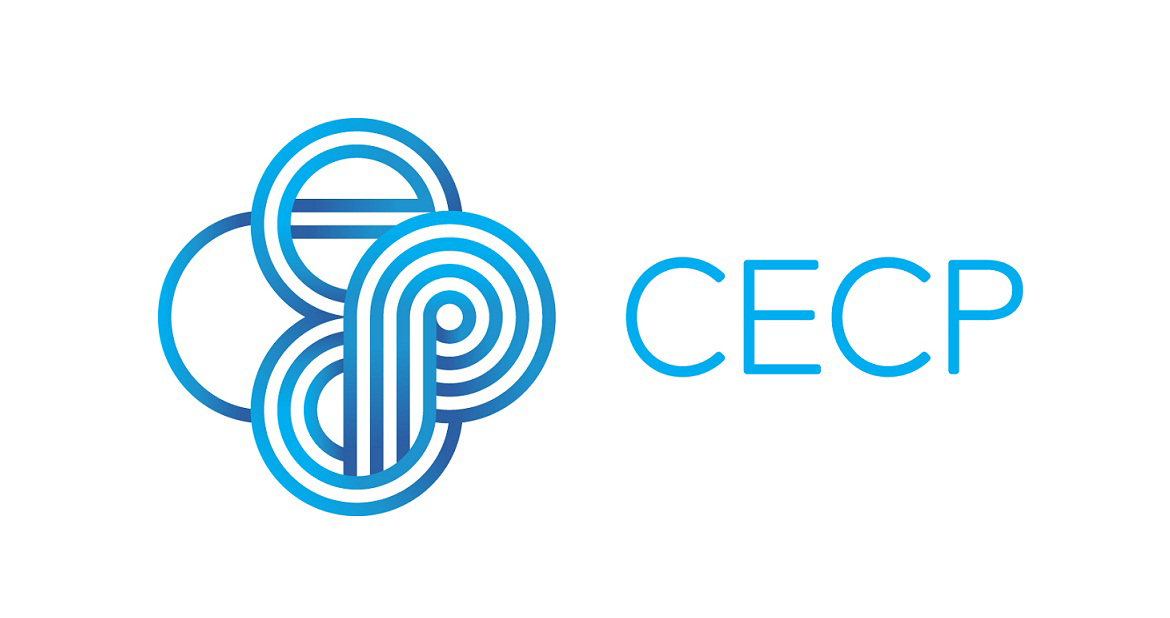CECP's Predictions for 2014
Jan 7, 2014 10:15 AM ET
Campaign:
CECP Insights Blog
Courtney Murphy, Carmen Perez, Michael Stroik and Alison Vultaggio
CECP's Strategic Engagement and Measurement Teams
December 23, 2013--As we look towards 2014, CECP predicts what the New Year will bring, based on insights from our conversations in 2013 with more than 200 decision-makers in corporate citizenship and philanthropy from CECP’s community of leading companies. Here are five of our predictions:
1. CSR considered a business imperative – With support from leading CEOs, the role of corporate citizenship will continue to be elevated with re-organizations at many companies, to align reporting structures for these functions more closely with core business strategy.
2. Rethinking 1% - While one percent of pre-tax profit is often discussed as a primary benchmark for setting philanthropic budgets, the integration of community initiatives with the larger business strategy has opened the floodgates for new models, which are built into budgets rather than contingent on profits. Throughout 2013, companies asked for CECP’s help to make the case for their budget proposal using revenue, employee size, and other measures. In fact, at the CECP Summit in 2013 we asked the audience whether their budget process was connected to profits. A majority of the 144 corporate giving officers that replied showed a percentage of profit was not the aim of their budget. (27% targeted a percentage of profits, 55% use other factors to budget, and 18% said not sure or applicable). We expect that shift in framing of budgets to continue.
3. Changes in Non-Cash Giving – Building on the vast increase of non-cash contributions since the onset of the economic downturn, CECP projects that companies will continue to invest in pro bono service and other methods of providing non-cash support to their nonprofit partners. However, aggregate non-cash giving may decline due to the uncertain impact of the Affordable Care Act changes on pharmaceutical companies’ Patient Assistance Programs (PAPs). In 2012, Health Care companies accounted for 72% of total non-cash contributions.
4. Innovation in international employee engagement – With mounting evidence of the business benefits of engaging employees in community efforts, multinational companies will expand matching-gift programs internationally. The increase in international volunteering opportunities is already well underway, while there is still room for growth. 2014 will deliver solutions in this area as companies create solutions and roll out strategies that work for their unique cultures. The forces driving this are both top-down and bottom-up. Some senior leaders are looking for engagement strategies to be company-wide. In other cases, internationally-based employees are demanding access to programs available at headquarters.
5. Increasing pressure on technology vendors – The collection of relevant metrics will continue to be a priority for many companies, focusing on evaluation of their community programs to understand how they engage employees and achieve societal impacts. Longstanding technology vendors are under intense pressure to deliver solutions. Newer platforms are popping up to meet demands, which focus on being comprehensive and providing the employee with an easy way to participate. A positive user-experience leads to repeat use, better data, and greater engagement.
What trends do you expect to see in corporate citizenship in 2014?

